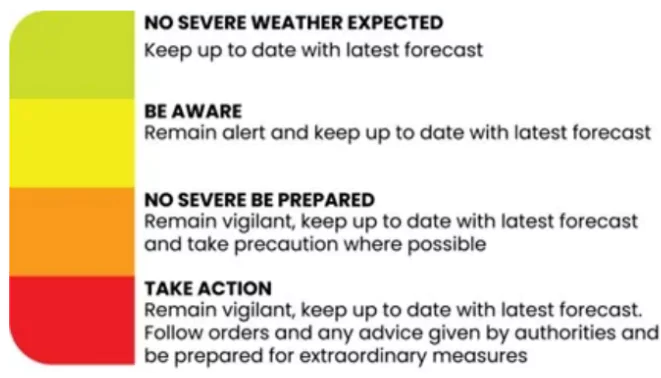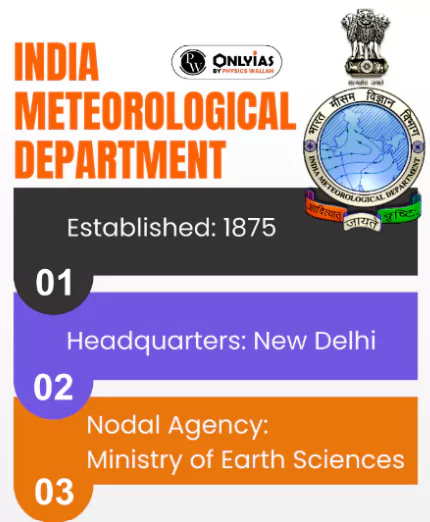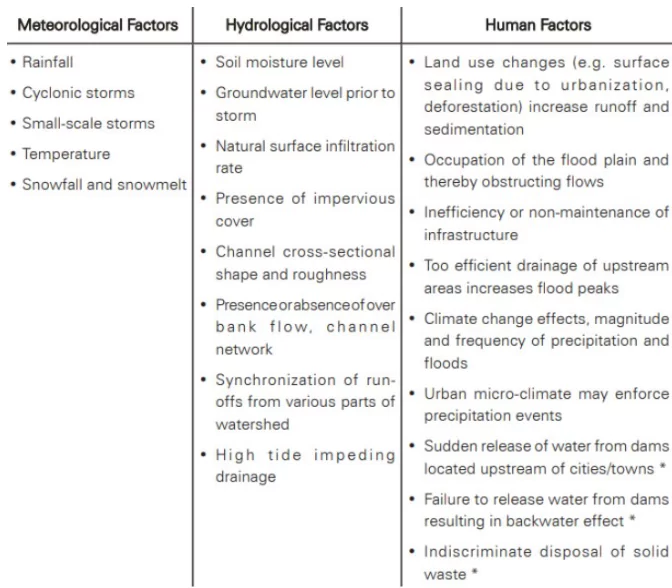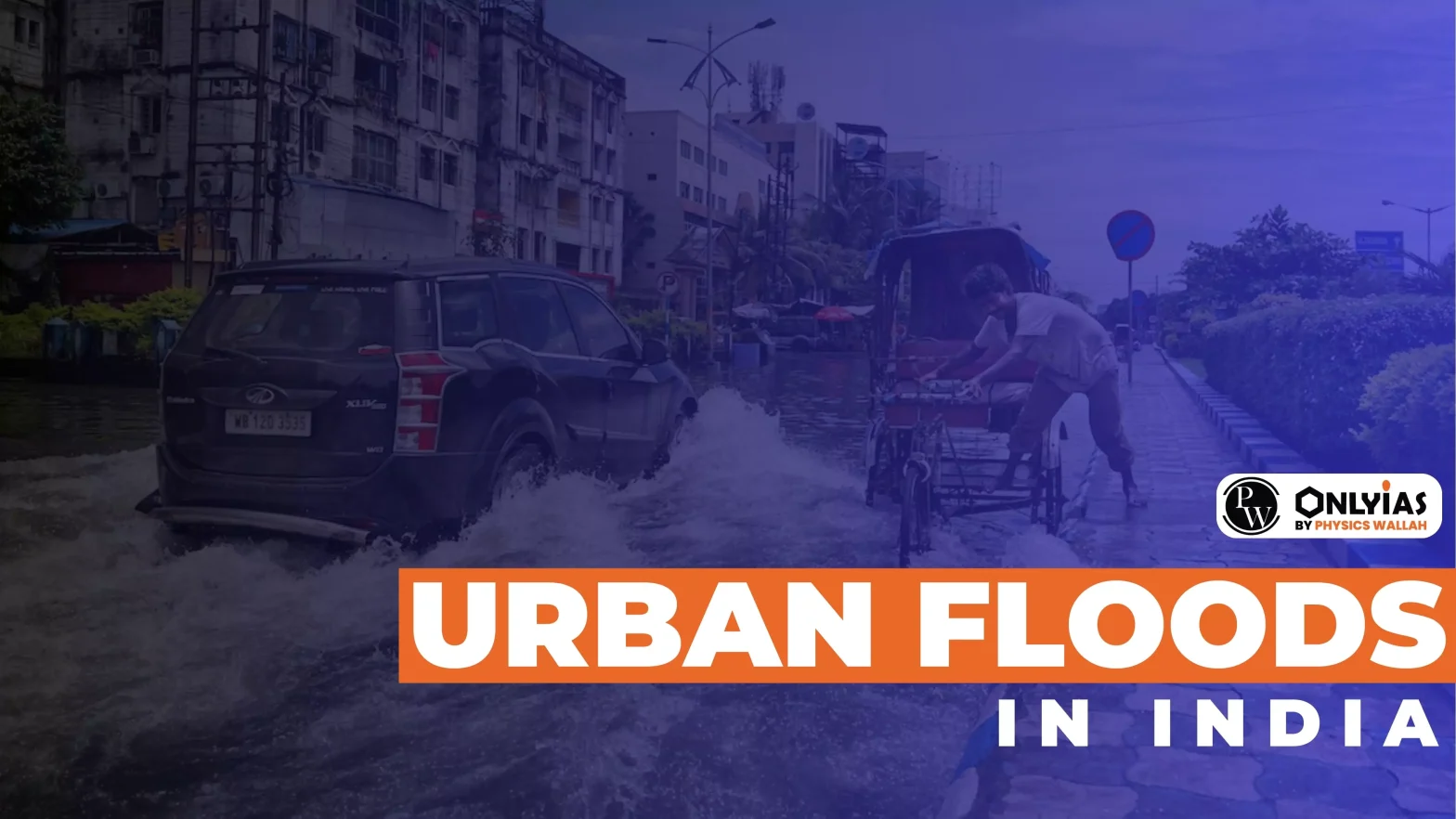Various Indian cities are experiencing severe flooding, highlighting systemic issues in urban planning and drainage infrastructure.
Recent Concerning Cases of India

For more than 15 years now, Indian cities are struggling to manage monsoon rains. Maximum casualties are caused by overflowing nullahs, incidents of wall or building collapse and electrocution.
- Delhi: This year, several parts of Delhi have been submerged for more than one day.
- Recently, a 26-year-old civil services aspirant was electrocuted in an inundated street in the national capital, and the National Human Rights Commission has asked for a detailed report on the incident.
- Assam: Guwahati, Assam has faced a crippling flood.
- Maharashtra: Torrential rains brought lives to a standstill in several parts of Maharashtra, including Pune and Mumbai.
 In Pune, three people lost their lives after receiving an electric shock in a waterlogged part of the city.
In Pune, three people lost their lives after receiving an electric shock in a waterlogged part of the city.
- Similarity in All Cases: All these cities have distinct geographical features. However, there are at least three things that are common to their flood-related woes:
- Outdated Drainage Systems: It cannot take the stress of more than normal rainfall
- Poor Planning: Planning that does not account for local hydrology
- Limited Civic Response: The role of civic agencies seems limited to organising relief and rescue
About Urban Flooding
The flooding of land or property in a built environment, especially in densely populated cities where rainfall exceeds drainage systems’ capacity, is known as urban flooding.
Enroll now for UPSC Online Course
- Refers: Urban Flooding can be defined as ‘the submergence of usually dry areas by a large amount of water that comes from sudden excessive rainfall, an overflowing river or lake, melting snow or an exceptionally high tide’.
- Concerning Data: As per the data from the government, over 17,000 people died due to floods and heavy rains in India between 2012 and 2021.
- Constitutional Provision: As per 12th Schedule of the Constitution, urban planning including town planning, regulation of land use and construction of buildings is the function of Urban Local Bodies (ULBs)/ Urban Development Authorities.
- The mitigation measures for flood control and preparation of drainage plan comes under the purview of the State Government and Urban Local Bodies/Urban Development Authorities at city level.
- The Government of India supplements the efforts of the States through schematic interventions/ advisories. It provides financial and technical support to the States.
Reasons behind Urban Flooding in India
Following factors are responsible for urban flooding in India:
- Climate Change: Global Climate Change is resulting in changed weather patterns and increased intensity rainfall events occurring in shorter periods.
- Example: Urban flooding is significantly different from rural flooding as urbanization leads to developed catchments, which increases the flood peaks from 1.8 to 8 times and flood volumes by up to 6 times.
- Urban Heat Island Effect: According to the NDMA, the urban heat island effect has increased rainfall over urban areas.
- The hot air pushes the clouds carrying rain higher as they cross the urban heat island.
- Heat islands are urbanized areas that experience higher temperatures than outlying areas.
- Encroachment in Low Lying Areas: The original built-up area of Indian cities has expanded and new developments are taking place in low-lying areas of Indian cities and towns due to rising land prices and less availability of land in the cities.
 Most of the time, these developments take place on encroachments over lakes, wetlands, and riverbeds.
Most of the time, these developments take place on encroachments over lakes, wetlands, and riverbeds. - These encroachments have occurred without widening the natural drains. Thus, flooding occurs as the capacity of the natural drains is decreased.
- Sea Level Rise: Cities and towns that are near rivers, the ocean, interior cities, dams, and steep terrain are severely impacted due to sea level rise.
- For Example: Satellite observations have revealed that the rate of sea level rise is increasing and it rose by 0.11 inches from 2021 to 2022.
- Faulty Drainage System: The urban areas lack adequate drainage infrastructure capable of handling heavy rainfall events.
- Poor planning and impermeable surfaces, such as buildings and highways, do not let water penetrate the ground and overburden the inadequate drainage systems.
- The issue is exacerbated by concretizing the drains and preventing the water from seeping to the ground.
- Urbanisation: Rapid urbanisation, both planned and unplanned, is responsible for flooding.
- Grey infrastructure which includes the flyovers, widening of roads, urban settlements, contribute towards urban flooding in waterlogged areas.
- The recent floods in Gurugram and Bengaluru are examples of such planning failures.
- Loss of Water Bodies and Green Spaces: A study by the National Institute of Urban Affairs revealed that major Indian cities have lost 70-80% of their water bodies over the last 40 years.
- This has led to reduced natural water storage capacity, increased surface runoff, and disruption of the natural water cycle.
- Lack of Effective Urban Governance: Despite the 74th Constitutional Amendment Act, key areas such as urban planning, land use and economic development have not fully transferred to city governments as required. This leads to poor urban governance and mismanagement.
- Improper Waste Disposal Practices Also Contribute To Flooding: Illegal development and encroachment on water bodies, urban green spaces, and small woods have been observed in many cities.
- This lowers the amount of water that can be stored and messes with the river’s natural flow, which increases floods after heavy rains.
- Velachery Lake in Tamil Nadu has disappeared due to sewage discharge.
- Illegal Mining: Illegal mining of river sand and quartzite causes soil erosion and reduces the water retention capacity of the waterbody increasing the speed and scale of water flow.
- Example: Jaisamand Lake-Jodhpur, Cauvery river-Tamil Nadu, etc.
Check Out UPSC CSE Books From PW Store
Action taken to Combat with Urban Flooding in India
Various actions taken by the Indian Government to tackle the issue of urban flooding in India are as follows:
- Institutional Framework and Arrangement:
- National Disaster Response Force (NDRF): The Disaster Management Act 2005 has mandated the constitution of the NDRF for the purpose of specialized response to a threatening disaster situation or disaster.
- The National Crisis Management Committee (NCMC): It comprises high-level officials of the GoI, headed by the Cabinet Secretary, will also deal with specified major crises.
- Central Water Commission (CWC): Flood forecasts are issued by the CWC in India. It provides a near real time five-day advisory flood forecast on its web portal.
- National Disaster Management Authority: NDMA is the apex body in India for disaster management.
- Pre-Monsoon Phase:
- Preparedness: Planning for Disaster Reduction: Focus on plans to respond to a threat or occurrence of urban flooding.
- National Hydro-meteorological Network
- National Meteorological Network
- Local Networks for Real time Rainfall data
- Doppler Weather radars
- During Monsoon Phase:
- Early Warning: Measures to provide timely, qualitative and quantitative warnings to urban flooding based on the intensity of rainfall.
- Effective Response and Management: Focuses primarily on emergency relief measures.
- Post-Monsoon Phase:
- Restoration and Rehabilitation: Necessary measures to stabilize the vulnerable situation and restore the utilities.
- Various Government Initiatives to Curtail Urban Flooding:
- Jal Shakti Abhiyan: It is implemented with special emphasis being given for rainwater harvesting/groundwater recharge.
- Amrit Sarovar Mission: It has been launched with an aim of developing and rejuvenating 75 water bodies in each district of the country as a part of celebration of Azadi ka Amrit Mahotsav for rainwater harvesting/recharge.
- Atal Bhujal Yojana: The focus is on demand side management of ground water and accordingly water saving interventions such as use of micro irrigation (drip/sprinkler system), shifting of cropping pattern from high water intensive crops to low water intensive crops, mulching etc. are being encouraged and incentivised.
- Atal Mission for Rejuvenation and Urban Transformation (AMRUT) 2.0: Provisions have been made for harvesting the rainwater through storm water drains into the water body (which is not receiving sewage/effluent) & creation/ strengthening of storm water drains around the water body.
- Model Building Bye Laws (MBBL): The Ministry of Housing & Urban Affairs (MoHUA) has formulated Model Building Bye Laws (MBBL), 2016 for the States/UTs. As per MBBL, all buildings having a plot size of 100 sq.m. or more shall mandatorily include the complete proposal of rainwater harvesting.
- 35 States/ UTs have adopted the features of the Bye Laws.
- Standard Operating Procedures (SOPs) on Urban Flooding by Ministry of Housing and Urban Affairs: The SOP identifies relevant public agencies concerned with dealing with situations arising from urban flooding, enumerates their broad responsibilities in the different phases defined, and lays down the sequence of actions to be taken by these agencies in coordination with other involved agencies and as per the Emergency Support Functions (ESFs).
Impact of Urban Flooding
Various issues are faced by Indian cities and its citizens due to urban flooding:
- Tangible Losses: The losses that can be measured physically and can be assigned an economic value. These losses can be direct or indirect.
- Direct: Structural damage to buildings, property damage, damage to infrastructure, etc.
- Indirect: Economic losses, Traffic disruption, and emergency costs.
- Intangible Losses: Intangible losses include loss of life, secondary health effects, and infections or damages to the environment which are difficult to assess in monetary terms since they are not traded.
- Direct: Casualties, Health effects, ecological losses, etc.
- Indirect: Post-flood recovery process, mental damage to the people, etc.
Enroll now for UPSC Online Classes
Way Forward
To tackle the challenge of rising urban flood in India, following measures are suggested:
- Adopt Early Alert System: Flood-related damage can be reduced if early alert systems are in place. Flood prone Buenos Aires has installed sensors in over 30,000 stormwater drains to issue flood warnings much in advance.
- A Hybrid Solution: Indian cities need to have their own mix of natural and technological solutions. Stormwater drain improvement projects in most Indian cities, including Mumbai and Pune, have progressed in fits and starts. The country’s latest monsoon woes are a signal that such projects cannot be put off.
- A Collaborative Approach: The time has come to focus on institutional mechanisms to make Indian cities climate resilient. Mumbai’s Climate Action Plan does mention the need for a collaborative mechanism involving the industry, academia and civil society organisations.
- However, the Brihanmumbai Municipal Corporation, the plan’s nodal agency, is yet to get its act going.
- Evaluation and Focus on Sustainable Growth: India must closely examine the over-densification of its cities and articulate a national policy that disincentivises demographic density beyond an accepted limit based on economic, environmental, and social sustainability.
- At the same time, a sizeable programme will need to be initiated to invest (provide insurance too) and develop smaller cities to ease the migration and resultant burdens on the large cities. This would encourage the growth of other cities in a sustainable manner.
- Awareness: Efforts must also be made to inculcate disaster risk reduction behaviour among citizens. Men, women, and children across the country must be supported in espousing and integrating risk reduction concerns into their daily lives, livelihoods, and occupational patterns.
- This will require the state to undertake a massive education programme for disaster risk mitigation and management.
- Adopt Sponge Cities Model: It is a model based on the monsoon climate and 2,000-5,000 years of experience and knowledge of adaptation.
- Develop Climate Atlas: Every town and city must prepare its climate plan of action and a climate atlas with active participation of the people before a development plan.
- The vulnerable points must be identified, water contouring must be done, and the damaging of water bodies or water channels must be checked.
- Capacity building must be done to adapt to flooding and other climate disasters. Sustainable Urban Planning: Cities need to embrace sustainable planning practices that consider the natural topography and hydrology of the region.
- Green spaces that can absorb excess water must be integrated into the plan.
- Flood resilient infrastructure must be built that includes minimum engagement with the water contours.
- Improved Drainage Systems: Improved water management methods by enhancing waste collection and segregation must be practised.
- A protocol of clearing the drains during summer months must be followed.
- Utilising Geospatial Technology: Satellite data can help to digitise informal settlements and identify levels of vulnerability for flood protection strategies.geospatial technology should be used for flood vulnerability mapping.
- Rainwater Harvesting: This should be included in all infrastructure constructions to ensure better water management.
- Construction of Bioswales: Along the sides of roads, bioswales should be constructed so that rainwater can percolate into the ground and flow toward them.
- Bioswales are landscape features that collect polluted stormwater runoff, soak it into the ground, and filter out pollution.
- Bioswales are similar to rain gardens but are designed to capture much more runoff coming from larger areas of impervious surfaces like streets and parking lots.
- Development of Blue-Green Infrastructure: The term “Blue-Green Infrastructure” refers to a network that uses infrastructure, ecological restoration, and urban design to connect people with nature to solve urban and climate problems.
- Blue denotes tanks and water bodies, while green denotes parks, gardens, and trees.
- Seek Nature-Based Solutions: Implement nature-based solutions such as restoration of natural wetlands, creation of urban forests, and revitalization of water bodies that can enhance natural water absorption and reduce waterlogging.
- Learn from best Practices around the World:
- Australia Water-Sensitive Urban Design (WSUD): An approach to planning and designing urban areas to make use of this valuable resource and reduce the harm it causes to our rivers and creeks.
- Sustainable Urban Drainage Systems (SuDS) in the United Kingdom: Aim to reduce surface water flooding, improve water quality and enhance the amenity and biodiversity value of the environment.
![]() 2 Aug 2024
2 Aug 2024


 In Pune, three people lost their lives after receiving an electric shock in a waterlogged part of the city.
In Pune, three people lost their lives after receiving an electric shock in a waterlogged part of the city. Most of the time, these developments take place on encroachments over lakes, wetlands, and riverbeds.
Most of the time, these developments take place on encroachments over lakes, wetlands, and riverbeds. 